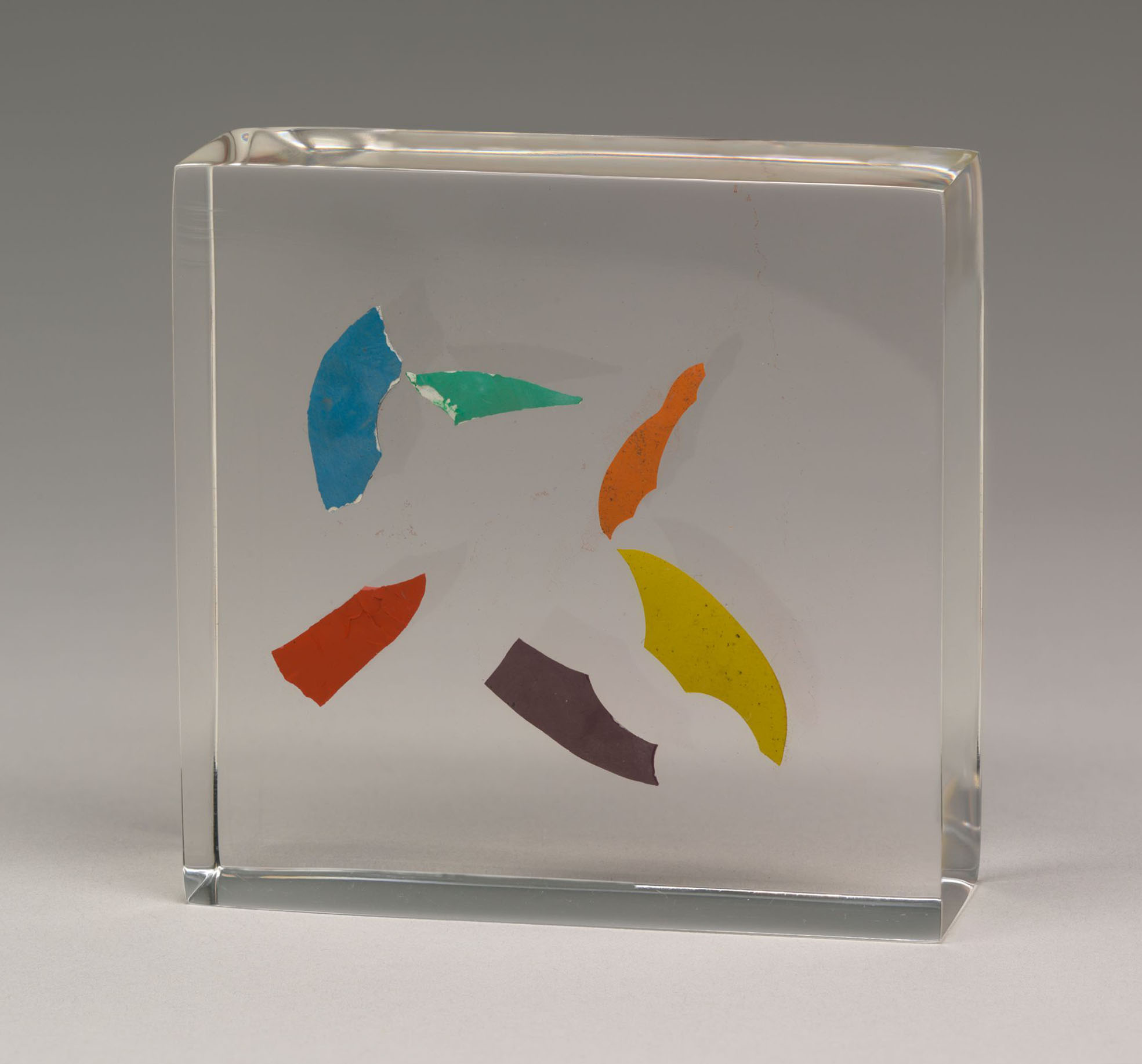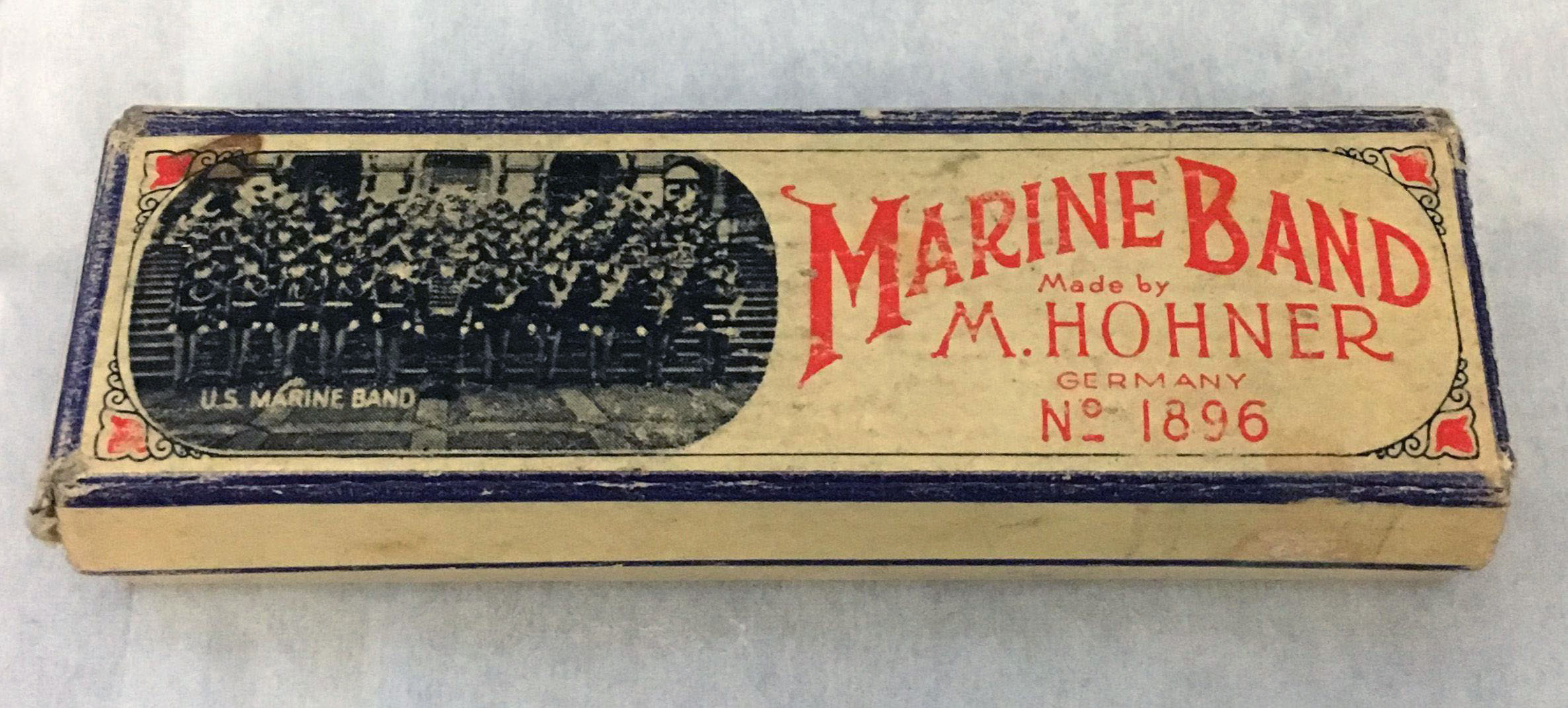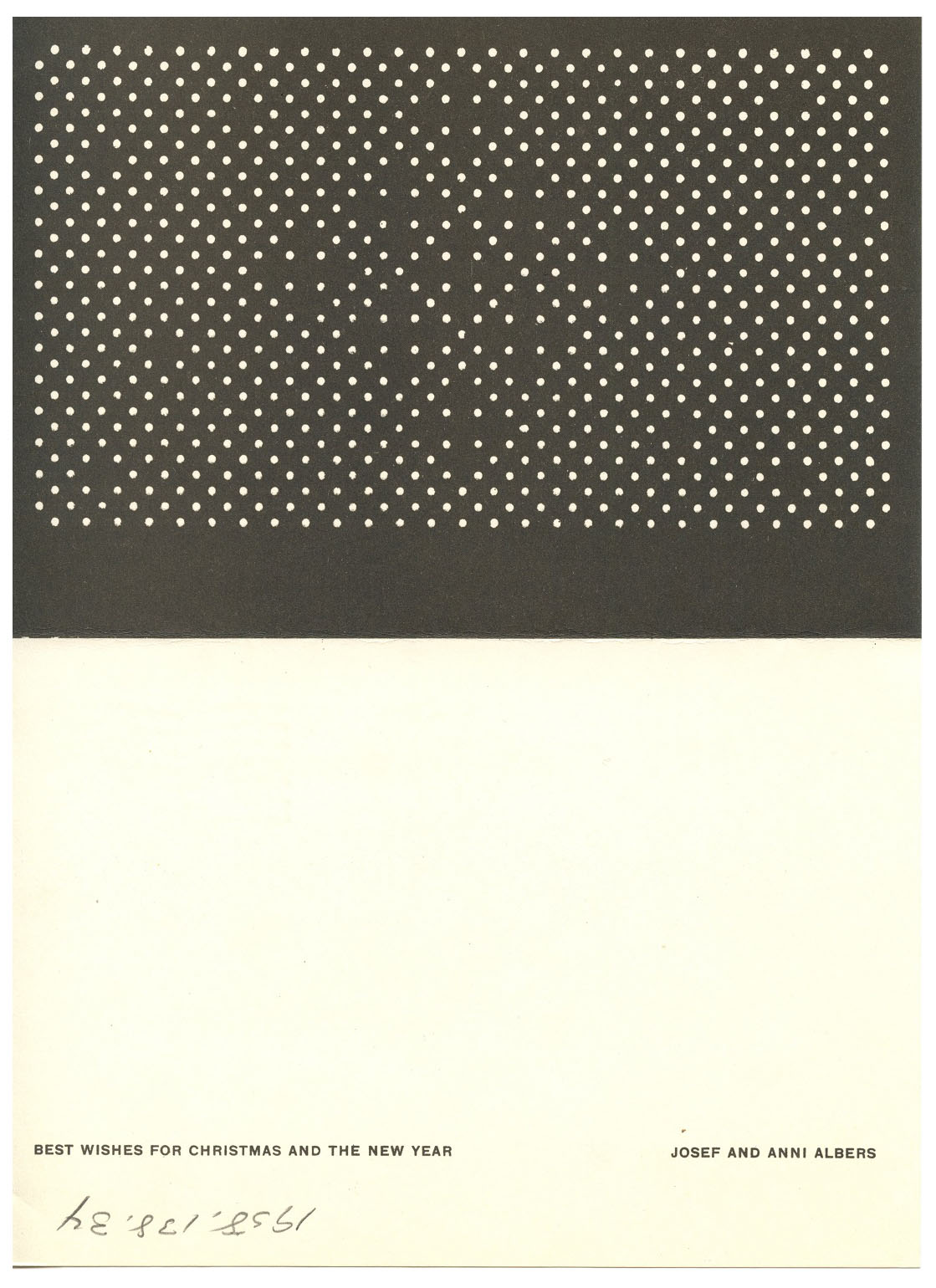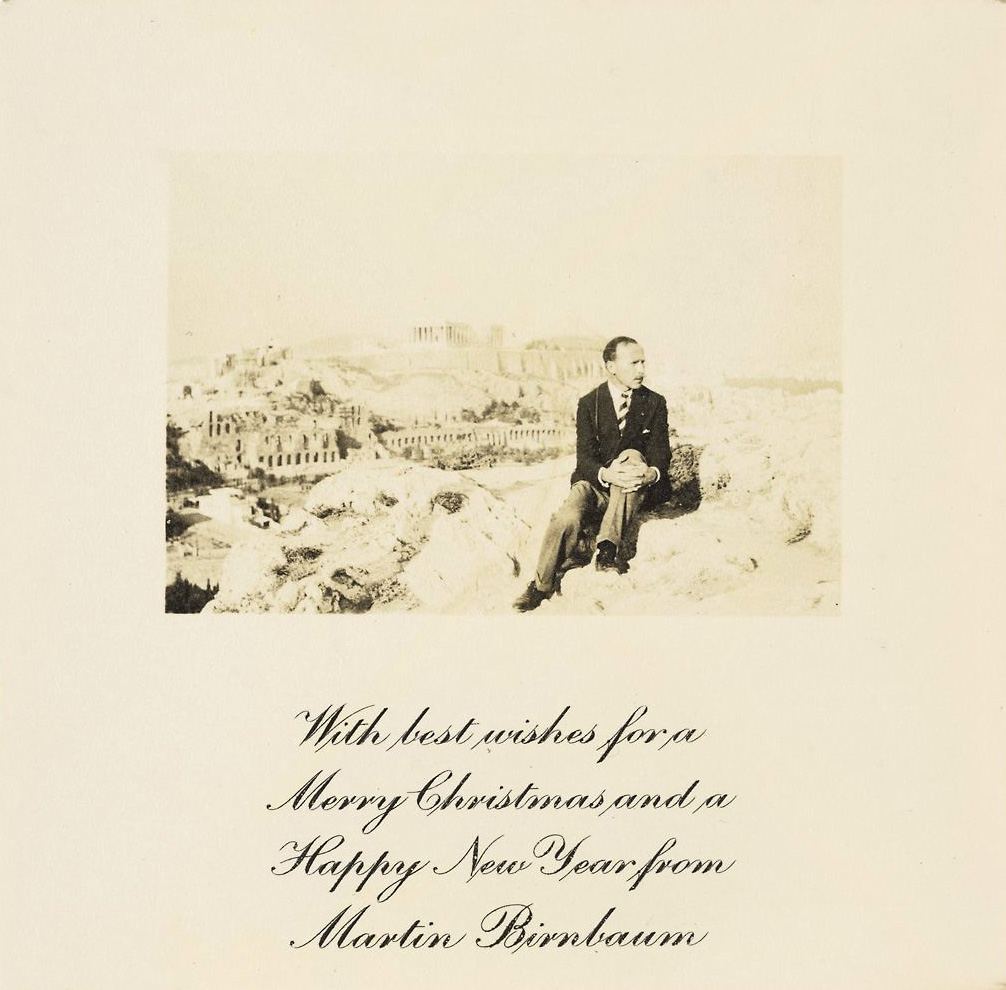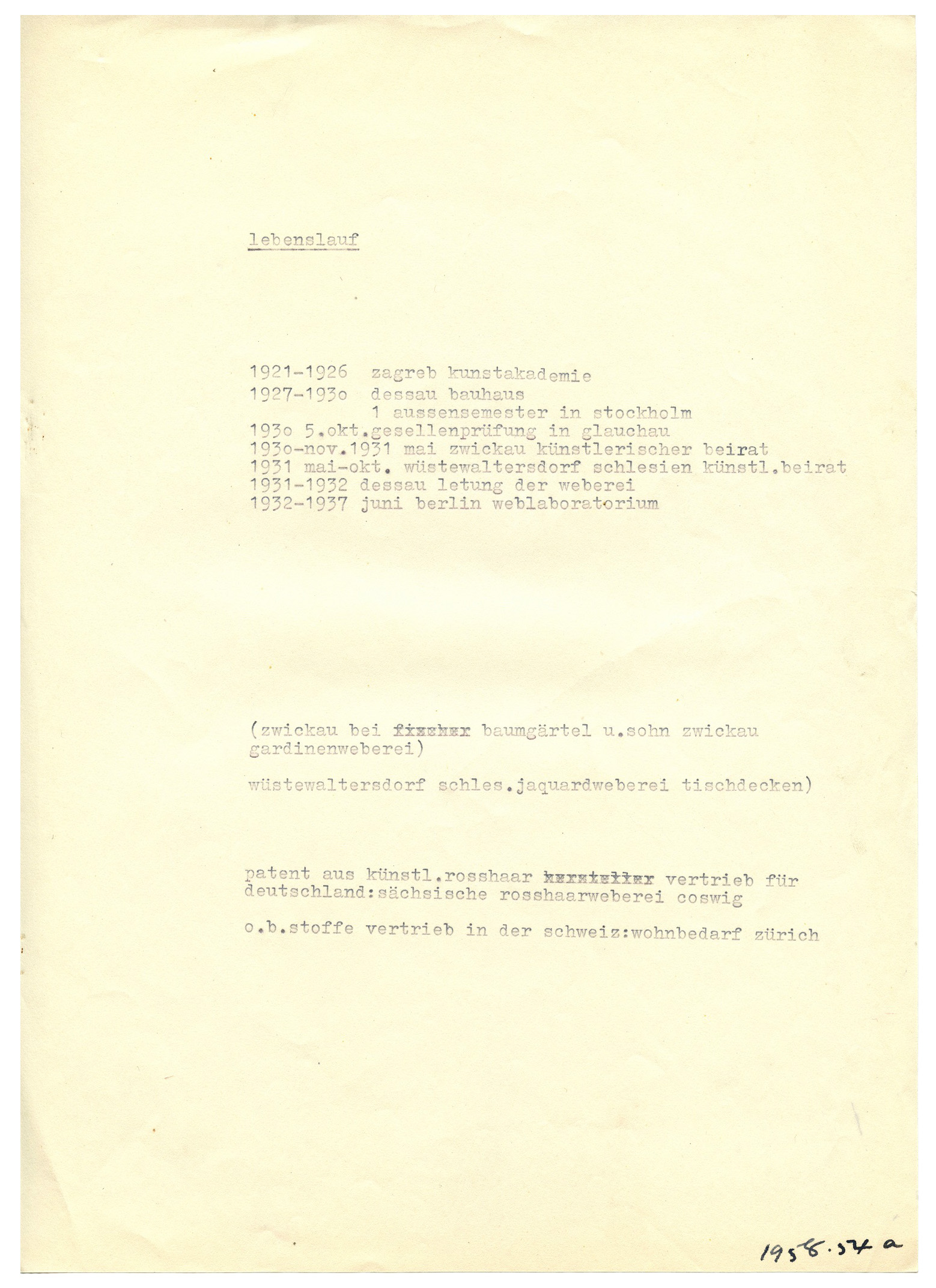The teaching and research mission of the Harvard Art Museums has always been rooted in the value of studying original works of art. As our collections have grown, that mission has expanded.
In Our Archives, A Fuller Picture on Artists

We can observe these developments by tracing the early history of the modern and contemporary art holdings as well as our accompanying collection of artists’ papers.
In the 1960s, Fogg Museum director John Coolidge set out to investigate the form that 20th-century art might take in the museum. He believed that the concentrated and purposeful collection of contemporary art would pay off for the museum’s continuing advancement of scholarship and the pursuit of experimentation.
“Nothing is more important, and nothing more difficult,” he wrote, “than to evaluate correctly the outstanding achievements of one’s own day.” Coolidge was willing to devote substantial time to the endeavor: in a memo from the early 1960s about modern art at the Fogg, he insisted that “not less than one quarter nor more than one half of our independent activities be devoted to 20th-century art.”
Coolidge believed that the permanent collections lacked major representative works, so he came up with a wish list of art that epitomized what he viewed as the most significant movements of the 20th century. Paintings and sculpture from Calder, Duchamp, Klee, Metzinger, Matisse, Mondrian, Picasso, Pollock, and many others comprised his “ideal collection of 20th-century classics.”
When Coolidge asked Harvard fine arts professors what would best benefit students and the larger Cambridge community, they responded with enthusiasm. One professor reported that courses in 20th-century art were immensely popular with graduate and undergraduates; in the 1960–61 academic year, for instance, 40 percent of enrolled fine arts students were pursuing courses in modern and contemporary art. Unfortunately, they weren’t learning directly from the permanent collections, which at the time contained just a couple of Picasso’s works, some Kandinsky prints and Mondrian drawings, and a smattering of works from Matisse. Instead, they looked at loans from private collectors or, more frequently, lantern slide facsimiles (counter to the museum’s focus on studying original works of art).
“Nothing is more important, and nothing more difficult than to evaluate correctly the outstanding achievements of one’s own day.”
In his efforts to develop the 20th-century collection, Coolidge also suggested collecting papers—“notebooks and letters,” as he put it—from prominent modern artists, expanding the teaching mission beyond the study of art to the study of artists themselves. He expressed hope that the museum not “let anything deter us” from collecting documentation surrounding artists’ work and consolidating scholarship on contemporary artists. For example, he imagined “anyone who wants to do serious work on Feininger will now have to come to Cambridge.” (Indeed, today the Lyonel Feininger Archive in the Busch-Reisinger Museum contains some 18,000 objects; the Harvard Art Museums Archives holds Feininger’s papers; and the majority of his surviving photographs are in the collection of Harvard’s Houghton Library, making Cambridge a key site for scholars.) Coolidge believed this approach to collecting artists’ papers would give researchers and scholars a fuller picture of artists as individuals and would offer them the unique opportunity to study original works of art and artists’ papers in a single visit.
As he did for the art collection, Coolidge compiled a wish list of artists whose papers would be ideal to collect; he included in his list Rothko, whose murals were already hanging in the Holyoke Center, Feininger, Walter Gropius, and Stuart Davis, whose papers were the first to come to the Fogg Museum, in 1967. (The Busch-Reisinger Museum had done some earlier work in this area, collecting archival materials from artists associated with the Bauhaus as early as 1948.)
Today, the Harvard Art Museums Archives holds records from a variety of 20th- and 21st-century artists, including materials from David Smith, Otti Berger, Corita Kent, and Alfonso Ossorio. While Coolidge might have had in mind just “notebooks and letters,” visitors to the archives can view a range of other items that have made their way into the archival collections: a Corita Kent paperweight, an album from a birthday party for Gropius, various holiday cards, professional CVs, and more.
The current exhibition Reverie: Christopher Wilmarth, Before and After Mallarmé (May 20, 2017–August 13, 2017) includes select items from the Christopher Wilmarth Papers at the Harvard Art Museums Archives, complementing the sculpture and prints on display. Visitors can see photographs, correspondence, sketches, a maquette (preliminary sculpture model), and other objects that add important context to the art on view and in the related Special Collection. The exhibition is just one example of how art objects and an artist’s papers can work together to advance understanding and new scholarship—a perfect reflection of Coolidge’s vision.
Michelle Interrante is the archives assistant in the Harvard Art Museums Archives.
